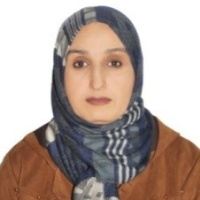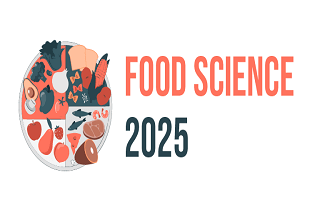2nd International Conference on
Food Science and Technology
September 19-20, 2025 | Online
Food Science 2025

University of Gabes, Tunisia
Abstract:
Whey presents an elevated content of lactose and proteins, which are associated with its high biological oxygen demand and decomposing potential. Despite its potential as pollutant, whey has been considered as a dairy by-product due to its nutritional, functional and bioactive properties. The use of enzyme technology may be an interesting strategy to convert whey into added-value products. A comparative study was undertaken throughout the current work to examine the physicochemical composition of milk and whey from different animal species' milks: camel, cow, goat, mare, and sheep. After milk coagulation, a little increase in pH-values was observed for all wheys. Furthermore, whey proteins were digested by pepsin and pancreatin using an in vitro approach that mimicked gastrointestinal digestion to explore how it affected the antioxidants activities. The maximum peptide concentration was observed for the digested ewe whey, while the minimum peptide concentration value was detected in the digested mare whey. Camel whey has the highest content of sodium, potassium, zinc and iron whereas goat whey has the highest concentration of copper and ewe whey has the highest concentration of calcium. Electrophresis profiles revealed that all five dairy species had identical proteins, with the exception of camel whey, which is distinguished by the absence of β-lactoglobulin and the presence of two distinct proteins CWBP and PGRP. The highest antioxidant activity was found in the ewe whey. Hydrolysates of whey proteins from all animal species can be an interesting approach to add value to this co-product.
Biography:
Halima El Hatmi Professor in Food Processing, Camel Milk, has completed his PhD at the age of 36 years from Sfax University and postdoctoral studies from Loraine University, France, Laboratory L2A She is the Head of agri-food department of Higher Institute of applied biology of medenine (ISBAM), University of Gabes and memeber of Livestock and wildelife laboratory, Institute of Arid Land (IRA), Medenine, Tunisia. She has published more than 36 papers in reputed journals in food and dairy science and tecnology. She is a national coordinator of PRIMA-2023-2026 PAS-AGRO-PAS-The Making of Fragile Agro-ecosystems Productive, Adaptive and Sustainable: Multifunctional Agro-pastoralis.
